Japan Trip Spring 2018
now browsing by category
Wearing a Juni-Hitoe Kimono (12 layer kimono) in Kyoto
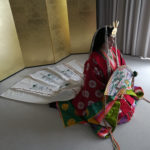
The evolution of the kimono from those long ago designs borrowed from T’ang Dynasty to the modern kimono has been a long and winding path. It continues to meander on even today with new fabrics, new lengths and new decorations such as lace and pockets.
One marker along the way, and a marker that continues to stand out and shine across the ages, is the Juni-Hitoe Kimono – 十二単 – (Juni = 12, Hitoe = an unlined kimono). Perhaps it is the abundance of beautiful art that portrays the courtesans of the day in these sumptuous robes. Perhaps it is the serene beauty of the Hina Matsuri doll displays where the Emperor and the Empress yearly rule over their court. Perhaps it is the echoes of the Lady Murasaki’s timeless Tales of Genji, written when this sort of attire was the everyday dress of the elite.
I once read that a lady of the Heian era was more likely to be criticized for her lack of taste in the colors and patterns of her kimono than her possible numerous love affairs.
When I told her I was going to try one on my kimono instructor told me that that was her next level of training – the Juni-Hitoe. There aren’t many places, even in Japan, where you can get an authentic experience of wearing one of these elaborate ensembles. One of them is the Nishijin Textile Center of Kyoto.
The ladies there, who spoke very little English, were surprised to find out that I was a kimono kitsuke student and seemed very pleased that I could name the different pieces as I was dressed. The hadajuban did not seem to concern them at all except to make sure that it was crossed left over right and that the back was pulled far enough down to not be exposed at the collars of the coming kimono. Other than that it was left very loosely tied on. Which was a surprise to me as my instructor is very particular about how I tie even my hadajuban. Then came padding around my shoulders, chest and waist, a Juban and the Kosode – which truth be told has closer ties to the modern kimono than the Juni-hitoe.
After that they dressed me in what seemed unreasonably long pants similar to hakama called Nagabakama. I couldn’t figure out how a woman would be expected to hold them up under the kimono layers and was very surprised to find that they were folded under my feet to trail behind me. So in essence you are stepping on the pants as you walk. Which would definitely restrict you to a slow shuffle while wearing them!
Then came layer after layer of kimono, one color after the other. The woman folded the long sleeves into an almost triangular shape, had me hold my hand flat and stiff and then through the arms of all the other layers she would slip everything and then let it drop. She obviously knew exactly what she was doing and it took her less time to dress me in the many layers of that kimono than it takes me to dress myself in a modern one!
Besides the pants, another thing took me off guard. The entire ensemble is held together with one tie. A single tie as simple as a long koshihimo!!
As each layer was put on she would tie it. Then the next layer would go on and she would tie that one and then reach under and untie the last layer. When we were done the whole thing dropped off in a single fluid motion right back down to the pants and kosode!
I think everyone interested in Kimono should try to wear one at least once! There is a majesty to this outfit that is not to be found in a kimono of today. In the very physical weight of the robes you can feel the power across the centuries of those noble ladies, but also the sorrow and the weight on their shoulders. To experience it will truly make you think of them in their wood and lacquered castles, hidden behind shoji doors and screens. The restricted ability to walk. All of those layers in a Japanese summer long before the comfort of air conditioning. It makes the modern kimono feel light, airy and mobile by comparison!
If you are interested in wearing a Juni-Hitoe the next time you are in Kyoto you will find all the information that you need at the Nishijin Textile Centere’s official website. A reservation is required, it takes slightly more than an hour, and it costs about $130 USD. With that you will receive one professional photo. (Don’t be afraid to ask if they will take some photos with your cellphone.)
Kimono Shopping at Kitano Tenman-gū Flea Market
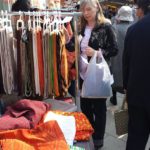
Kitano Tenman-gū (北野天満宮) hosts one of the largest Flea Markets in Kyoto every 25th of the month irregardless of the day of the week (I hear the one at Toji on the 21st is even larger but I had to save the joy of visiting that market till my next time in Japan).
When a friend found out I was going to be in Japan on the 25th but was going to be in Tokyo she had some advice. “Change your plans!”
How right she was!
For anyone who loves kimono and are looking for something – anything – you can’t go wrong at Tenman-gū. If all you want is a robe to wear around the house – and don’t take my word for it, I was told by several of the vendors there not to worry about the length of my sleeve, just enjoy wearing it around the house! – or if you want every piece that you need to build your kimono closet on a budget, you have come to the right place!
Almost every tent I stopped at (and there were many!) started at 1000 yen for their kimono and obi and some started at 500 yen! To translate that into American dollars $5-$10! Unbelievable! They also had obi age, obi jime, koshihimo, everything you could possibly imagine you needed for your kitsuke for only $1 if you were careful and looked around.
Now, if you are looking for a much better quality kimono you obviously are going to pay a higher price and you may or may not find it at Tenman-gū. There were some beautiful kimono in wonderful condition starting around $50. Which is still an amazing bargain and you might stumble upon a real treasure! I brought home 2 kimono, 2 juban and quite a few kitsuke items, even a kasane eri for $1 that still had it’s original $92 price tag on it!!
You will, of course, want to check over every inch of the items that you are looking at. These are, for 99% of items there, used, vintage or antique. I would say that stains are not so much of a problem for the pieces of your kitsuke that no one is going to see. But for the juban, you will want to make sure that the sleeves are clean and also any piece that might peek out from under the kimono. I purposefully bought a stunning blue kimono with butterflies on it that was stained just so I could see if I could remove them. But unless you are up for a cleaning adventure you are going to want to make sure that what you are buying is free from stains, smells and tears.
I don’t think it would be underestimating it to say give yourself several hours here, if not all day. After all there is more than just the kimono to see, one mustn’t forget the shrine itself and, if you are there in season, it’s plum blossom garden! Also, just when you think you have reached the end of the line of tents there is a corner to turn and even more to see! And while the market officially winds down around 5pm – you will find sellers doing business for as long as there are people to buy from them.
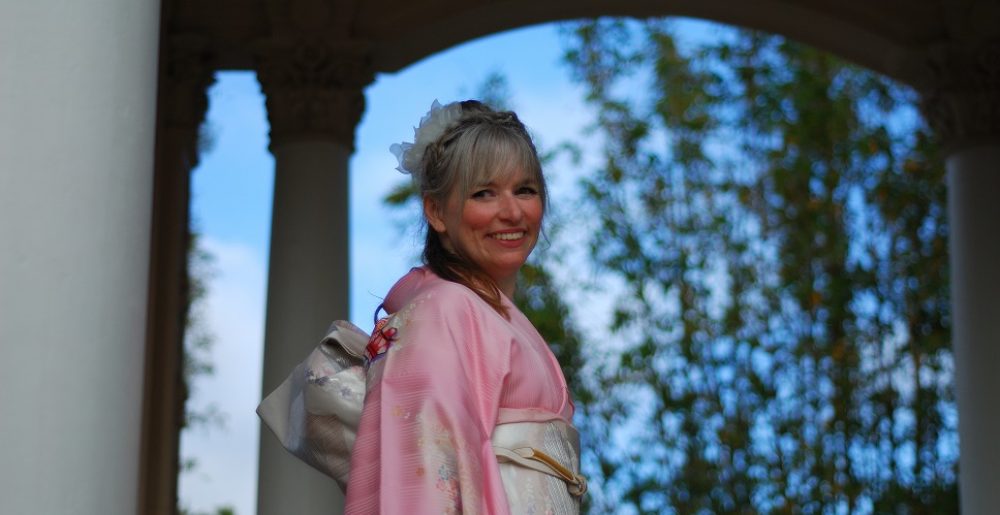

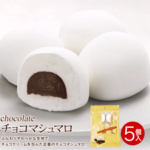

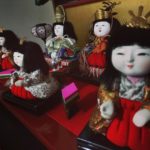
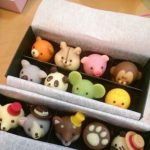
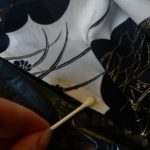
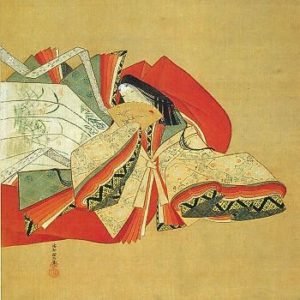
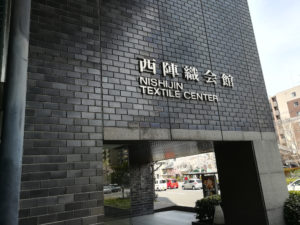
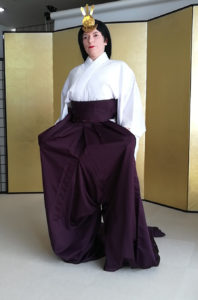
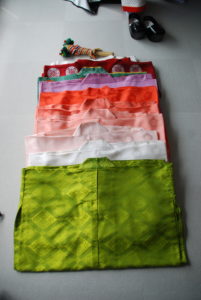
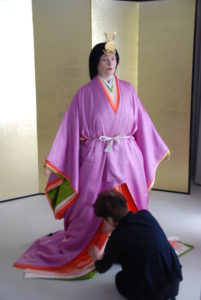
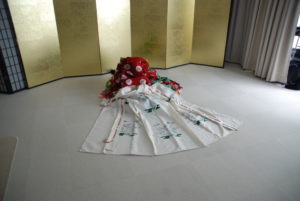
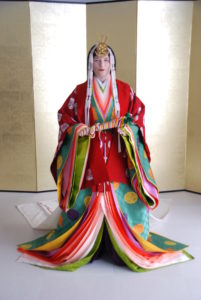
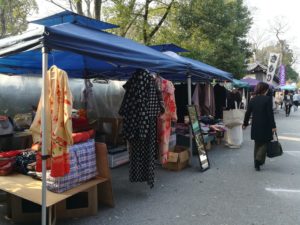
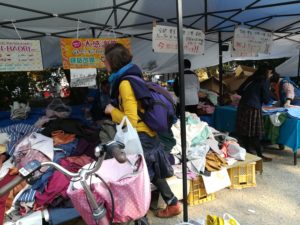
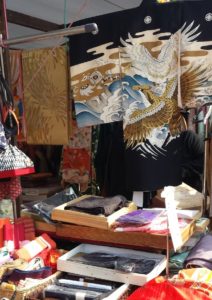


 D5 Creation
D5 Creation